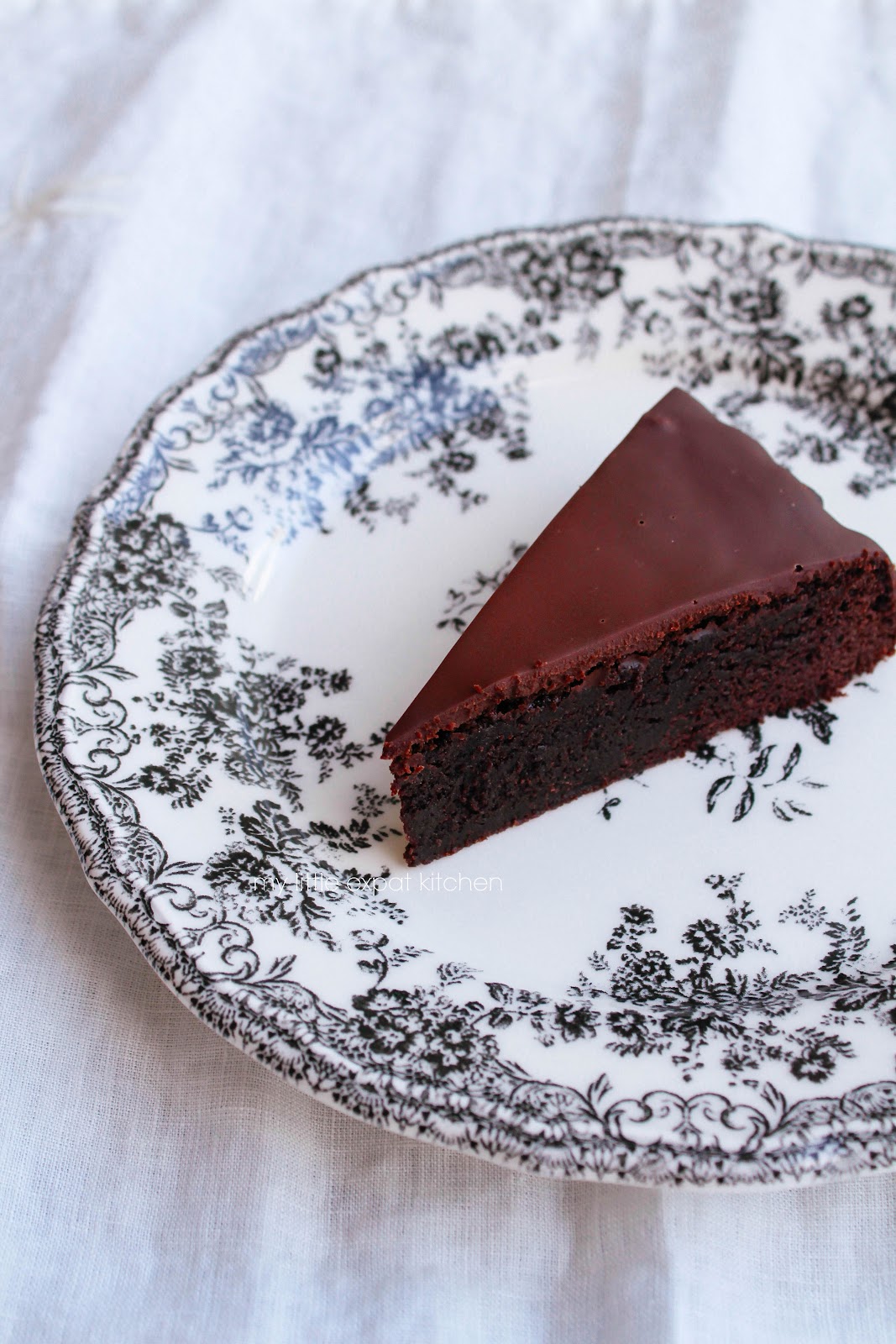I have a huge announcement to make.
I decided to move all my work (posts and recipes) and mailing list to Substack, a platform that gives me much more freedom and options than my blog could ever give me, and I’m so excited to go on this journey with you.
You who have trusted me all these years by cooking the recipes from my blog and those of you who may have only recently discovered me and want updates on what’s coming.
Substack is a subscription-based platform that allows writers, content creators, bloggers, journalists etc, to publish newsletters to their audience directly. Readers subscribe to their newsletter (on a free or paid basis) to access their content.
My Substack newsletter has been in the works for a while now. After writing my food blog for 15 years, I needed a fresh start and a new place to share my recipes, my adventures in the kitchen, my thoughts and ideas about food, cooking and life in general. Substack is the perfect place for that, and I can’t wait to share everything with you.
There, I’ll be sharing seasonal Greek recipes, both savory and sweet, most of them traditional, others unconventional and/or with a twist, as well as recipes inspired by my travels throughout Europe and beyond and of course by my life here in the Netherlands. All thoroughly tested because there’s nothing more disappointing than recipes that don’t work. Am I right?
So, let’s get to it!
Let’s cook meals for our families and feasts for our friends, let’s bake some delicious cakes and pastries just because we feel like it or for a special occasion. Let’s sort out the busy days with some easy recipes that make sense, to nourish body and soul, let’s cook for our little ones, for our partners and lovers and let’s create memories around the table.
And if you’re wondering how this works and why subscribe, well, for starters, by subscribing to this newsletter, you get all my new, always tested and exclusive recipes in your email inbox, automatically, without missing a single update.
If you become a free subscriber, you will get 1 brand spanking new recipe per month straight from my kitchen to yours, and a sneak preview of the recipes and posts to come every week.
If you become a paid subscriber (5 euros/month or 48 euros/year — annual subscriptions get a 20% discount, hooray!), apart from my eternal gratitude, you will get 3 additional new recipes each month, plus extra if I can’t wait to share something with you, full access to all my recipes, old and new, no matter when you subscribe, the ability to ask me questions, chat, comment and become part of the community, sneak peeks into my kitchen with voice memos and videos, and the all-important insights into the Greek kitchen pantry, Greek food essentials and ingredients.
Of course, you will also be supporting my work and actively contributing to the making of this newsletter, which would mean the world to me.
So if that all sounds fun to you, please consider becoming a paid subscriber and if you know of anyone else who you think would enjoy this newsletter, please feel free to share and spread the word.
I've already share my first recipe there, for Greek melomakarona, so come on over!
Merry Christmas and Happy Holidays!



























